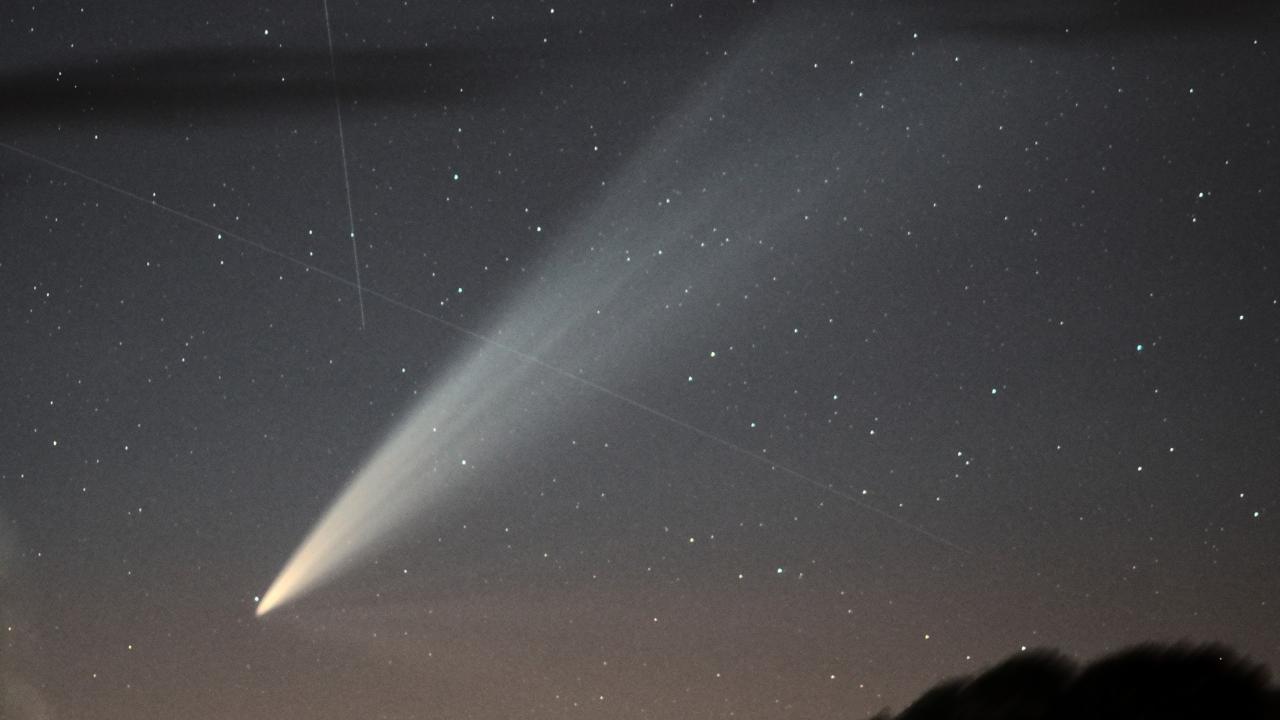Capturing a comet

Lizzie Palmer of Tunnack was thrilled to capture a photo of comet G3 Atlas, the brightest comet likely to be seen from Tasmania this year.
For the first time in 160,000 years, the dying comet, reached a point in its orbit where it was nearest to the sun and visible to the naked eye.
It originated from the Oort Cloud, which is a giant spherical shell that scientists believe surrounds the solar system.
Lizzie grabbed her Pentax camera and headed out into the dark night sky on January 24, and utilising a long exposure and a built-in Astro tracer which is able to track the movement of the stars, she was able to capture the spectacle through a telephoto lens.
“Sadly it did not appear to survive its journey around the sun, and, according to experts the comet nucleus seems to have broken up, however, the tail is still holding and providing a show for those able to get out and view it,” Lizzie said.
“Large amounts of gas and dust were released when the nucleus disintegrated causing it to become easily visible in the night sky, but when I went out for a look last week it was more of a fuzzy streak.”
The aged care worker at the Midlands Multi-Purpose Heath Centre said her interest in comets was sparked when Halley’s Comet last appeared in 1986.
“But it’s only in recent years that I’ve started investing in some equipment and taking a closer look at the night sky – the Midlands is a great place, away from city lights, to view the stars.
“I download my photos onto my phone and take them in to show the residents – they love seeing them, especially the auroras,” Lizzie said.
Lizzie’s advice to budding photographers is use a tripod.
“Even a modern phone can get a great photo if it’s on a tripod to take out any movement, and if you really get into it you can buy a decent camera like I did and build up the accessories.”
As for Halley’s Comet, Lizzie will need to stick around until 2061 if she wants a chance to capture it on camera.
It became its return orbit towards the sun in December 2023 and has 5.26 billion kilometres to go until it streaks across the Tasmanian night sky.




Add new comment